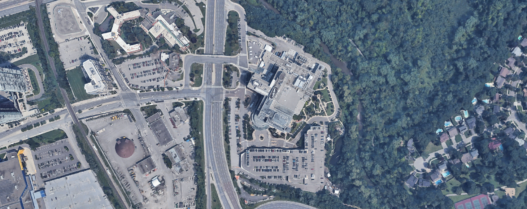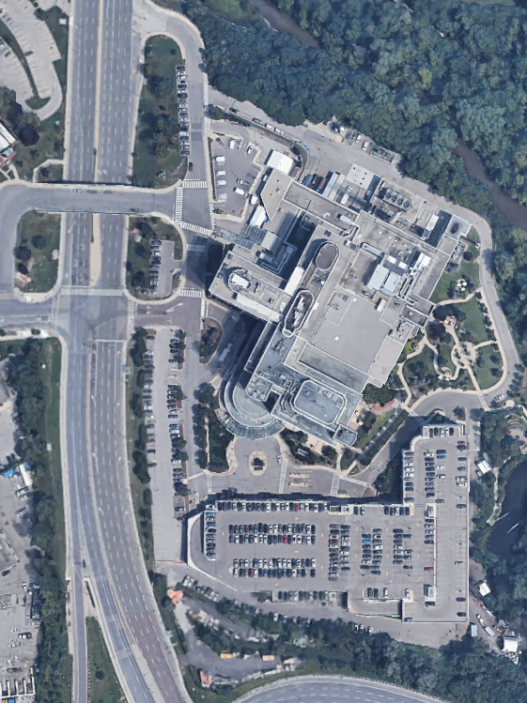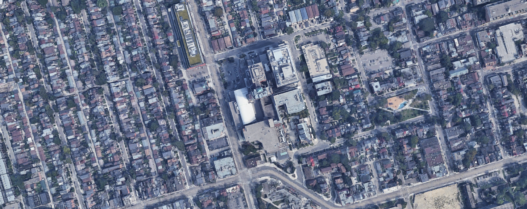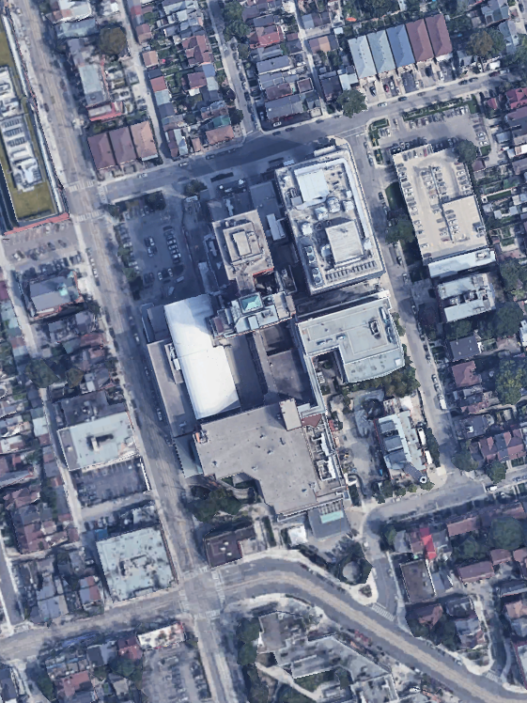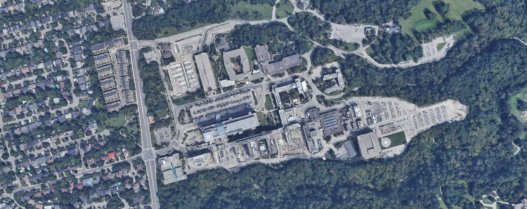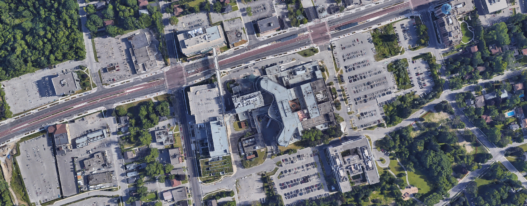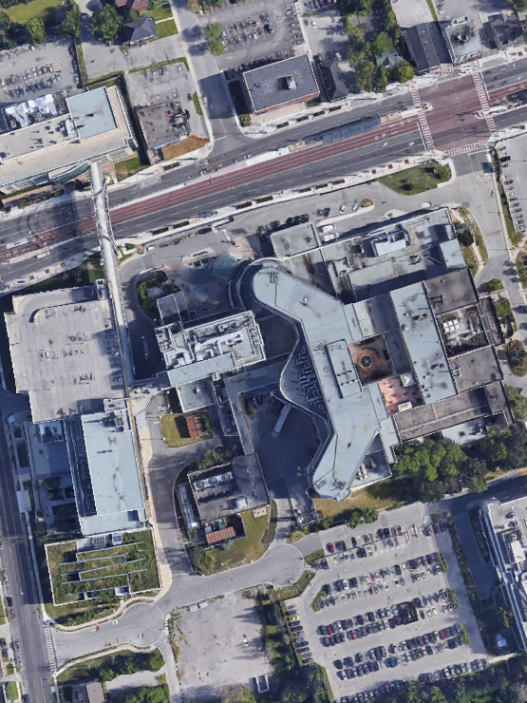Cataract surgery wait times can be long for Alberta residents. Long wait times can potentially increase fall risk for seniors.
⬇️ Scroll down to observe the historical expected wait times. Always verify the current expected wait times with your primary care physician or referred specialist.
Cataract surgery is a medical procedure targeting the removal of cataracts — clouding of the eye’s natural lens that impairs vision.
Wait 1 is defined as the time between a patient receiving a referral from a primary care physician and their specialist consultation. Wait 2 is defined as the time between the decision to proceed with surgery and the surgery itself.
Table of Contents:
- Cataract surgery wait times in Alberta
- Paying for cataract surgery in Alberta
- Interpreting wait times & data limitations
- Advocating for better data access
Cataract surgery wait times in Alberta
In Alberta, the average wait time for a cataract surgery is 12.4 weeks. 90% of patients wait no more than 34.9 weeks or nearly 8 months.
The COVID-19 pandemic has had a significant impact on wait times for medical services in Alberta, including cataract surgery. Hospitals and clinics faced unprecedented strain, leading to delays in diagnostic services as resources were redirected to COVID-19 care and safety protocols were implemented, particularly during the peak in 2020.
Since the pandemic, there has been a notable backlog of patients awaiting various medical procedures, including cataract surgery. The increased wait times observed from 2021 onward reflect the healthcare system’s efforts to catch up with postponed treatments. Factors contributing to this include an aging population, higher rates of chronic illnesses necessitating surgeries like cataract removal, and the need to reschedule delayed appointments and surgeries.
Healthcare staffing challenges, such as shortages of specialized personnel like ophthalmologists and surgical staff, can also contribute to longer wait times for cataract surgery. These shortages affect the capacity of hospitals and clinics to perform surgeries efficiently and promptly.
Paying for cataract surgery in Alberta
Cataract surgeries in Alberta are typically covered under the Alberta Health Care Insurance Plan (AHCIP), ensuring residents receive this essential procedure without direct charges at the point of service. This coverage extends to the standard intraocular lens when performed in public hospitals, funded through provincial taxes to maintain accessibility to necessary medical services.
However, individuals opting for treatment in private clinics or choosing advanced lens options, such as multifocal or toric lenses, may face additional costs. These premium lenses, which enhance visual acuity or correct astigmatism, are not covered by AHCIP and require out-of-pocket payments. Moreover, private clinics may offer technologies like laser-assisted surgery, potentially increasing overall procedure costs beyond those covered in public hospital settings.
Understanding wait times & data limitations
The average wait time represents the typical number of days patients wait from scheduling their surgery to its completion, providing a general overview of waiting periods for most patients. In contrast, a 90th percentile wait time indicates the maximum wait experienced by 90% of patients, offering insight into the upper range of wait times and highlighting potential delays for a significant portion of patients.
Understanding cataract surgery wait time data also requires consideration of several limitations. One challenge is the variability in data collection and reporting practices among different regions and healthcare facilities, which can lead to inconsistencies in how wait times are measured and reported. Additionally, wait time data may not fully account for factors such as variations in patient urgency, availability of specialized equipment, and differences in regional healthcare infrastructure.
Another limitation is the potential lag in data reporting. Reported wait times may reflect past periods due to delays in data compilation and publication. This delay means that current wait times could differ from those reported, influenced by recent changes in healthcare policies, resource allocation, or shifts in demand for medical services. Moreover, the data may not fully capture the impact of temporary disruptions, which can significantly affect healthcare services and wait times.
Advocating for better data access
We are thankful for the Government of Alberta’s efforts in providing wait time information for the most common medical procedures. Alberta stands out globally for its transparency in reporting hospital wait times and covers a wide array of medical procedures.
We encourage Alberta Health Services to expand its data reporting to include average wait times by facility, as seen in Ontario. This information would greatly benefit patients by allowing them to choose facilities with shorter wait times.
Readers can consider reaching out to Alberta Health Services to advocate for this beneficial change.
Learn wait times for other medical procedures in Alberta:








